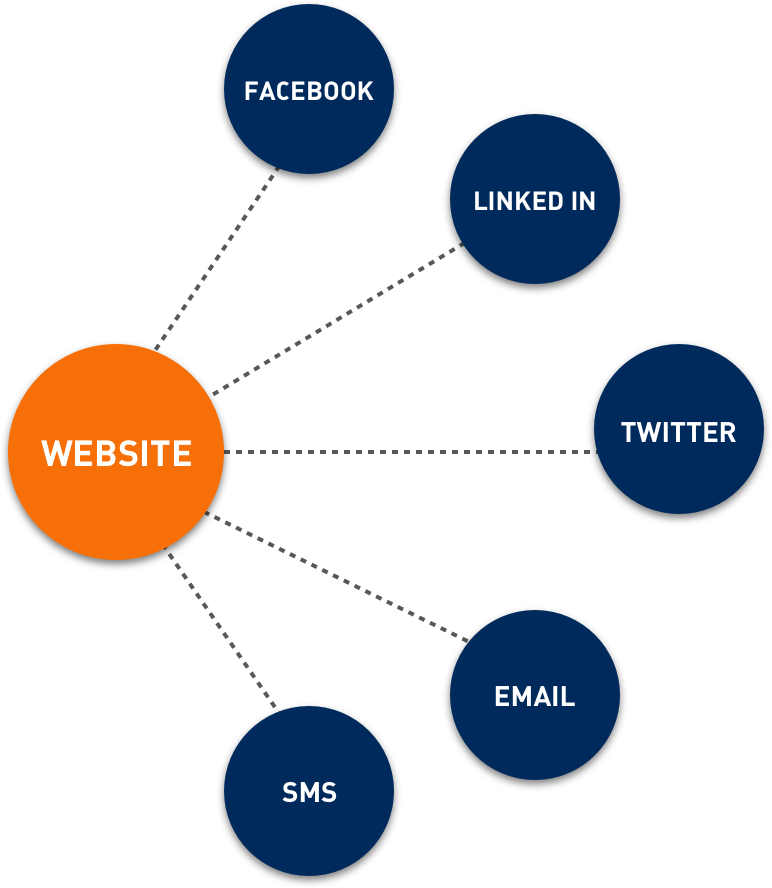With the more conservative estimates signalling that the COVID-19 crisis will last until June at least, it’s no surprise that a lot of organisations are re-considering how they do business.
Our Digital Team are here to share their top tips, helping you stay prepared during these testing times:
1. Working remotely? Software has the answer.
Aidan Harbinson, Senior Digital Project Manager, gives his take on the situation:
“Probably a no-brainer at this stage, right? Most businesses have already closed their doors and are asking staff to work from home. But ensuring you have effective ways of working remotely and avoiding disruption is a challenge in itself. To do this, you need the right software…”
At Ardmore, we use the full Microsoft Office 365 Suite for collaborating on projects. OneDrive is used to store our documents remotely and Microsoft Teams keeps us in touch.
- Just checking in? Instant Messenger is the answer and requires less time than writing an e-mail.
- Time for a meeting? Use Video Conferencing and you still have the main benefits of a face-to-face conversation.
- Need to share files/screens? No problem! Teams has this built into both Instant Messenger and Video Calls.
In addition, we use other software tools like Trello to break our online projects down into smaller tasks and assign them to the relevant team member. And Skype is our backup point of contact for Clients who don’t have or use Teams.
All of these software tools have mobile apps, so, when we do get back to the office, people on the go can still stay in touch with the rest of the team.

2. Engage with customers and build your brand
Over to Senior Digital Specialist, Jason Riahi:
“Did you know, at Amazon, the company motto is that it’s always Day 1? That motto means they never can become complacent, and always place the customer first.”
In times like these, there is an even greater urgency for businesses to actively engage with customers and show how their needs are being met. There should be less focus on sales and more on brand awareness (see below for more on this). Even if your business model is geared towards offline, now is the time to demonstrate that extra level of customer care that will result in customers re-engaging post-crisis.
Review your communications to have an online, omnichannel approach that includes your website, e-mail marketing and all social media profiles. Consistency and customer focus are key to building trust in your brand (and reaping the rewards once normality is restored).
Here are a few general steps you can take:
- Add a page to your website outlining any policy changes and ways you are helping customers.
- Add an alert bar that displays on all pages to make sure that customers find their way to your new webpage.
- Offer online orders? Make sure your delivery estimates have been revised and are clearly displayed on Product and Checkout webpages.
- Draft a post on all social channels to let customers who don’t actively visit your website know what you are doing. This can include a link to your webpage where additional information can be found.
- On social posts, engage customers through the comments section and using social messenger apps to demonstrate that support is on hand.
- E-mail campaigns: if you have customer details stored on your CRM (and permission to use them – don’t forget GDPR!), send out an e-mail to notify them of any changes you are making.

3. Research & Benchmarking
Nicola Cadogan, Digital Marketing Director, shares her thoughts on staying ahead of the curve:
“Know the market! Being aware of consumer trends and competitor activity is more important now than ever. The only way to do this is to carry out regular research.”
We always stay up to date with market research and webinars from our Google and Facebook partner reps to get insights on a wide range of verticals. For those who like blogs, you can follow latest updates on COVID-19 and how businesses are being affected using platforms like TechCrunch.
Another great way to get an insight into your customer base is to ask them. Use a survey or create an online poll. This also helps to increase engagement and demonstrate that extra level of customer care, as highlighted above.
For example, based on Jason’s point above about brand awareness, we looked at the cost of social media ads and found out some interesting points:
- Brand awareness activity is generally the same or even slightly cheaper.
- Costs for direct response ads (eg. actions like clicks to website, online purchases and bookings) are generally on the rise.
- In terms of response strategies, we are seeing brands switch to more of an awareness mode rather than direct response, using timely, helpful and social-good content to build warm audiences, which will then be retargeted when people are ready to buy or consider offering again.
4. A programmatic opportunity for brands
Tony Doyle, Media Executive, shares his thoughts:
“More and more brands globally are reducing their advertising investment in response to the COVID-19 outbreak. Although the environment is changing daily, the digital landscape is changing positively in terms of audiences, and this presents a massive opportunity for brands.”
We have seen that the quickest and easiest action to take during this worldwide pandemic is to reduce your brand’s marketing activities. This may seem like a short-term fix, but it will end up having a negative impact on the brand – and one that is much longer-lasting.
The digital landscape is expected to increase massively in the next couple of weeks, with more and more people engaging in isolation. With this, bigger advertisers are pulling back on investment and as a result are “freeing up” space in their digital campaigns.
The unique advantage of programmatic is that all aspects of the campaigns can be adjusted in real time, allowing for creatives to evolve and adapt, reducing the risks of negative brand impact.
This presents a huge opportunity for brands to not only seize valuable audiences at a reduced rate, but to gain unique insights that would previously have been costly, allowing for quick market testing with a massively reduced financial commitment.
These valuable insights will enable brands to deep-dive into specific geographical markets, timings, messaging, devices and more. It’s unchartered territory and it’s ready to be put to use.
5. Plan for the medium-long term
It’s easy to take a short-term view with an ever-changing business landscape, but how much have you thought about what the current situation means for you?
Claire Jamison, Social Media Manager, tells us:
“With several countries already closing borders and/or completely shut down, companies will find that planning for the medium-long term and ensuring effective ways of engaging with all stakeholders is key to survival – and ultimately, restoring your business.”
Try mapping these points out against the short term vs. the medium-long term:
- Customer Experience & Market Trends: How are customers behaving now? Is this likely to continue?
- Business Implications: Are you engaging with customers consistently? What will help customers to trust that you can still deliver? How will you reward brand loyalty?
- Marketing Plan: How do you plan to communicate with customers? What channels will you use? How will tone of voice of need to be adapted to what you are trying to communicate?
Top Tip: Put yourself in the mindset that the current crisis could take until the end of Q2 to be resolved (or even the end of Q3, according to some more pessimistic estimates), and devise a medium-long term plan to match these scenarios.
Need help with creating or executing a COVID-19 engagement plan? Book a FREE 30-minute online chat with one of our senior team members to discuss how your brand can navigate the next few months and beyond.





